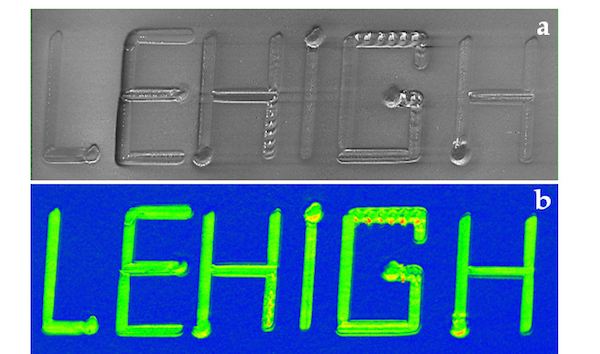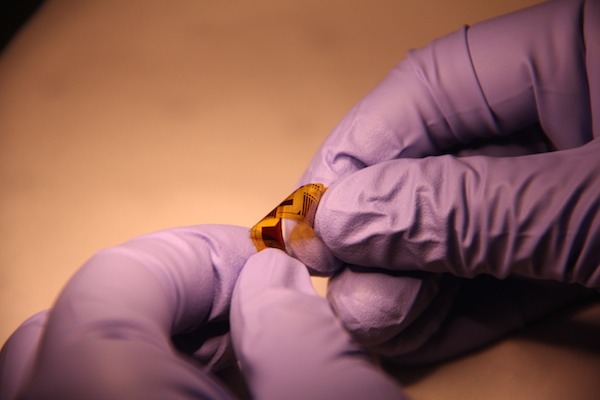While researching the structure of sulfur-selenium glasses, University of California, Davis researchers discovered something exciting—these glasses are flexible in bulk form!
Read MoreKathleen Richardson will present the 2017 Malcolm G. McLaren Distinguished Lecture on Friday March 31 at the 2017 Malcolm G. McLaren Lecture Symposium at Rutgers University. She will speak on the topic, “Chalcogenide glasses—a versatile platform for innovations in the infrared.”
Read MoreA Lehigh University team of scientists has devised a new fabrication method that could extend the reach of single crystals by ditching the need for melting.
Read MoreApril showers bring May flowers—and the May issue of the ACerS Bulletin.
Read More





